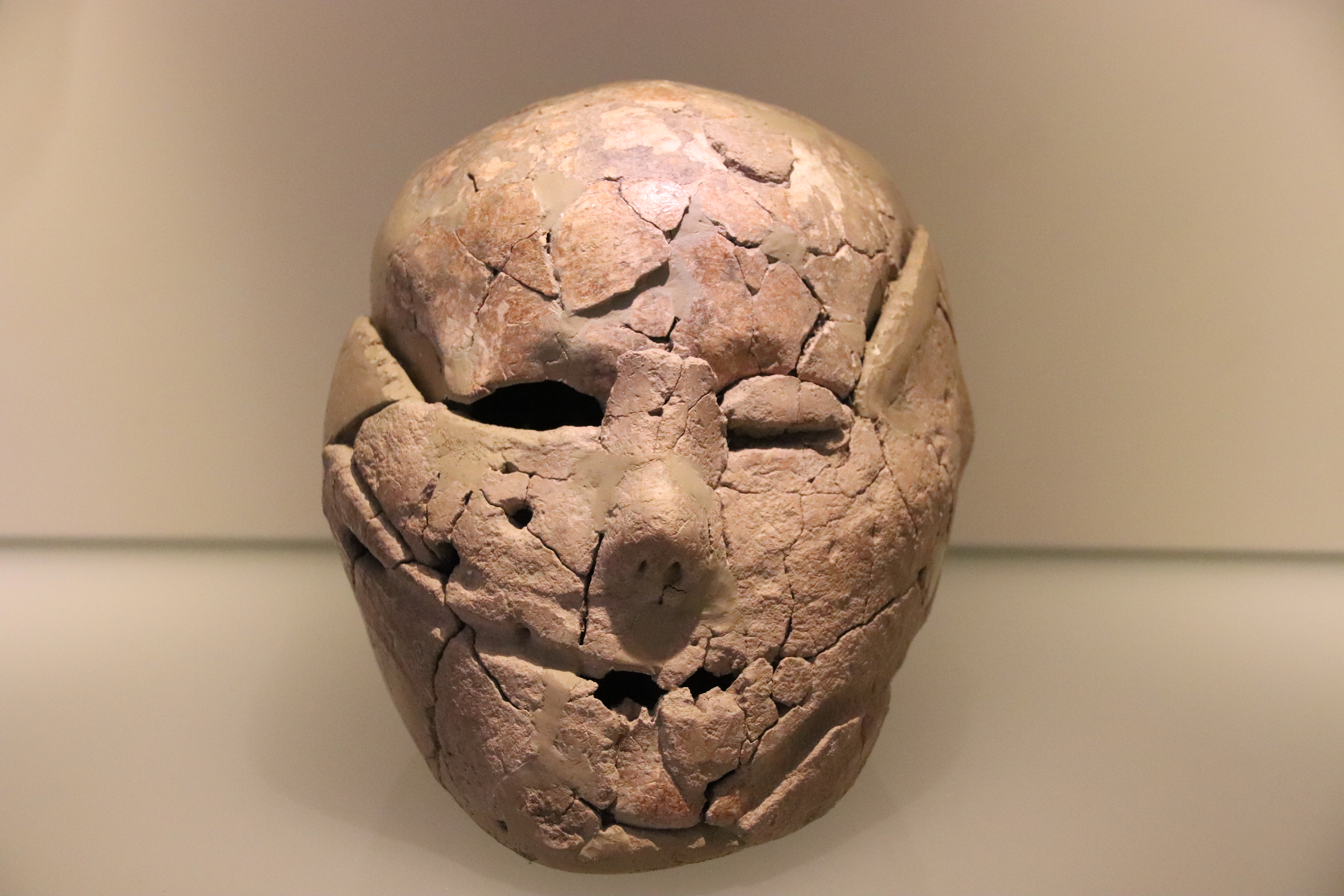|
Giovanna D'Aragona
Giovanna d'Aragona (1502–1575) was a patron of the arts, printers and religious reform in Naples during the Renaissance. Family She was the oldest daughter of Duke Ferdinando of Malteno and Castellana de Cardona. Her father was a younger son of Ferdinand I of Naples. After her marriage, Vittoria Colonna became her sister-in-law. Life Her parents had fled to the island Ischia after French troops had overrun Naples. Constanza d'Avalos resided here as well and gathered a literary circle around her. Amongst them was the poet Vittoria Colonna, the wife of Constanza's nephew. In 1521, Giovanna married Vittoria's brother Ascanio. Upon marriage they became Duke and Duchess of Tagliacozzo. After giving birth to six children, she took them with her to Ischia and left her husband. Despite this, she became close again to Vittoria and together with Giovanna's sister Maria and Constanza d'Avalos, they supported Juan de Valdés. She married Ascannio Colonna and had children: one was Girolam ... [...More Info...] [...Related Items...] OR: [Wikipedia] [Google] [Baidu] |
Portrait De Jeanne D'Aragon, By Raffaello Sanzio, From C2RMF Retouched
A portrait is a portrait painting, painting, portrait photography, photograph, sculpture, or other artistic representation of a person, in which the face and its expressions are predominant. The intent is to display the likeness, Personality type, personality, and even the mood of the person. For this reason, in photography a portrait is generally not a Snapshot (photography), snapshot, but a composed image of a person in a still position. A portrait often shows a person looking directly at the painter or photographer, in order to most successfully engage the subject with the viewer. History Prehistorical portraiture Plastered human skulls were reconstructed human skulls that were made in the ancient Levant between 9000 and 6000 BC in the Pre-Pottery Neolithic B period. They represent some of the oldest forms of art in the Middle East and demonstrate that the prehistoric population took great care in burying their ancestors below their homes. The skulls denote some of the earlie ... [...More Info...] [...Related Items...] OR: [Wikipedia] [Google] [Baidu] |
